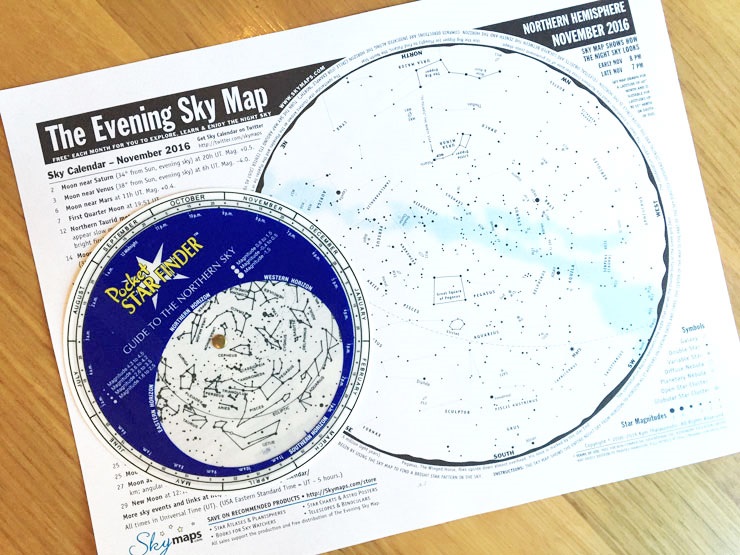Whether you are looking to set up a personal observation post at home or you are in search of a powerful viewing device for watching the planets, the moon, and star clusters, the Orion Observer 80ST is one device you should be looking at. It is more like a pro-grade model as it is capable of exploring the planets and also scanning the bright sky seamlessly. Although it enables you to see a lot of terrestrial objects, it also comes in a very compact design that doesn’t take up much space in your room.
Being compact and free of hassle, taking this device out and setting it up is effortless, and it is also easy to bring inside when you are done. Thanks to the 400 mm focal length of the telescope, you can easily see bright, wide views of the sky and other terrestrial objects. Although, you can’t compare the views here with those provided by more expensive models, it’s understandable considering the cheap price.
Furthermore, the Observer 80ST comes with a stable and smooth equatorial mount, which makes it extremely easy to track celestial objects. The mount comes with dual slow motion controls to enable you to track objects in the sky with ease. The device also features a reflex sight and two eyepieces (10mm and 25mm) with an anti-reflection coating. The pint-sized telescope also comes with the handy MoonMap to aid the identification of interesting stellar features for you. You won’t find a niftier portable telescope than this model.



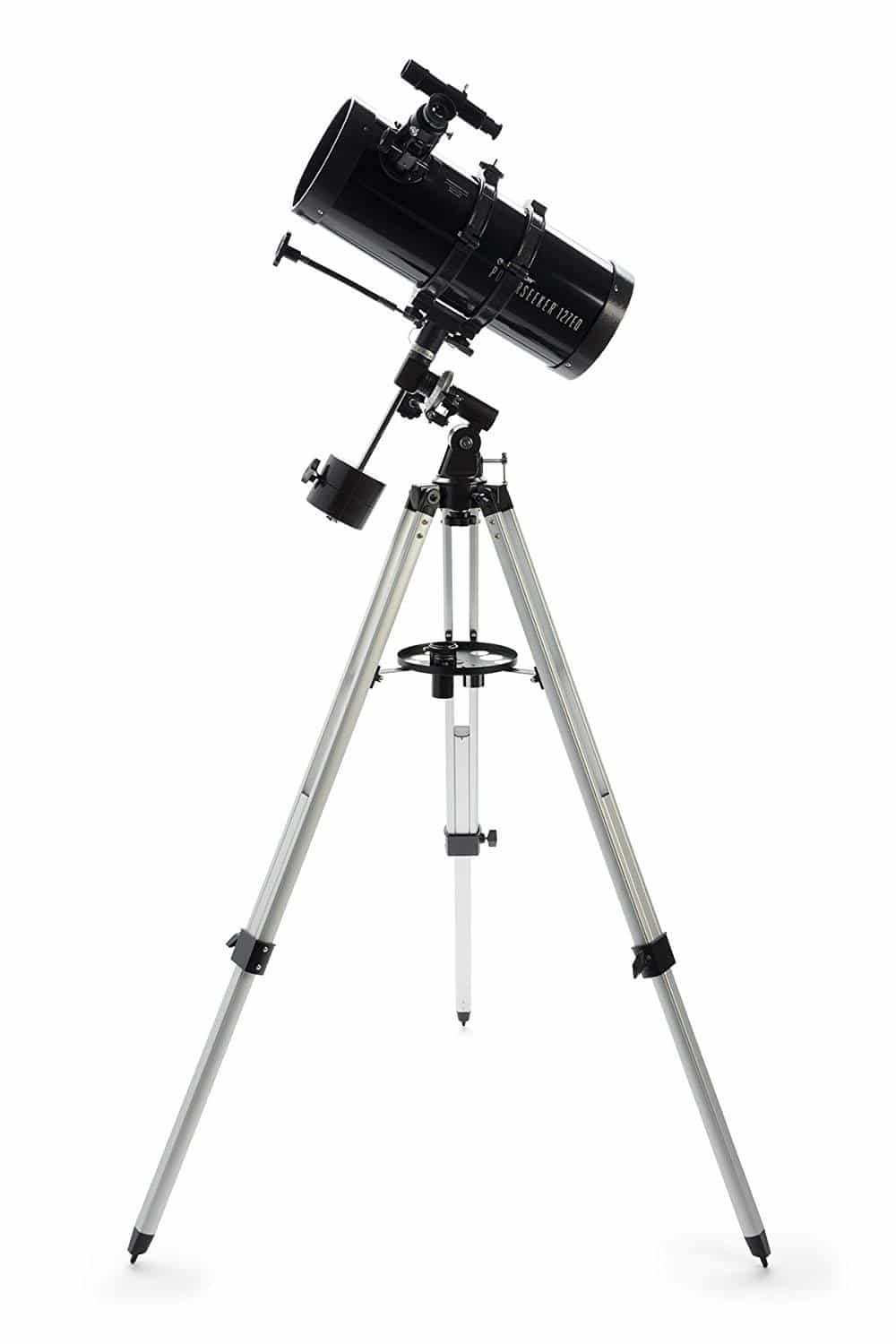
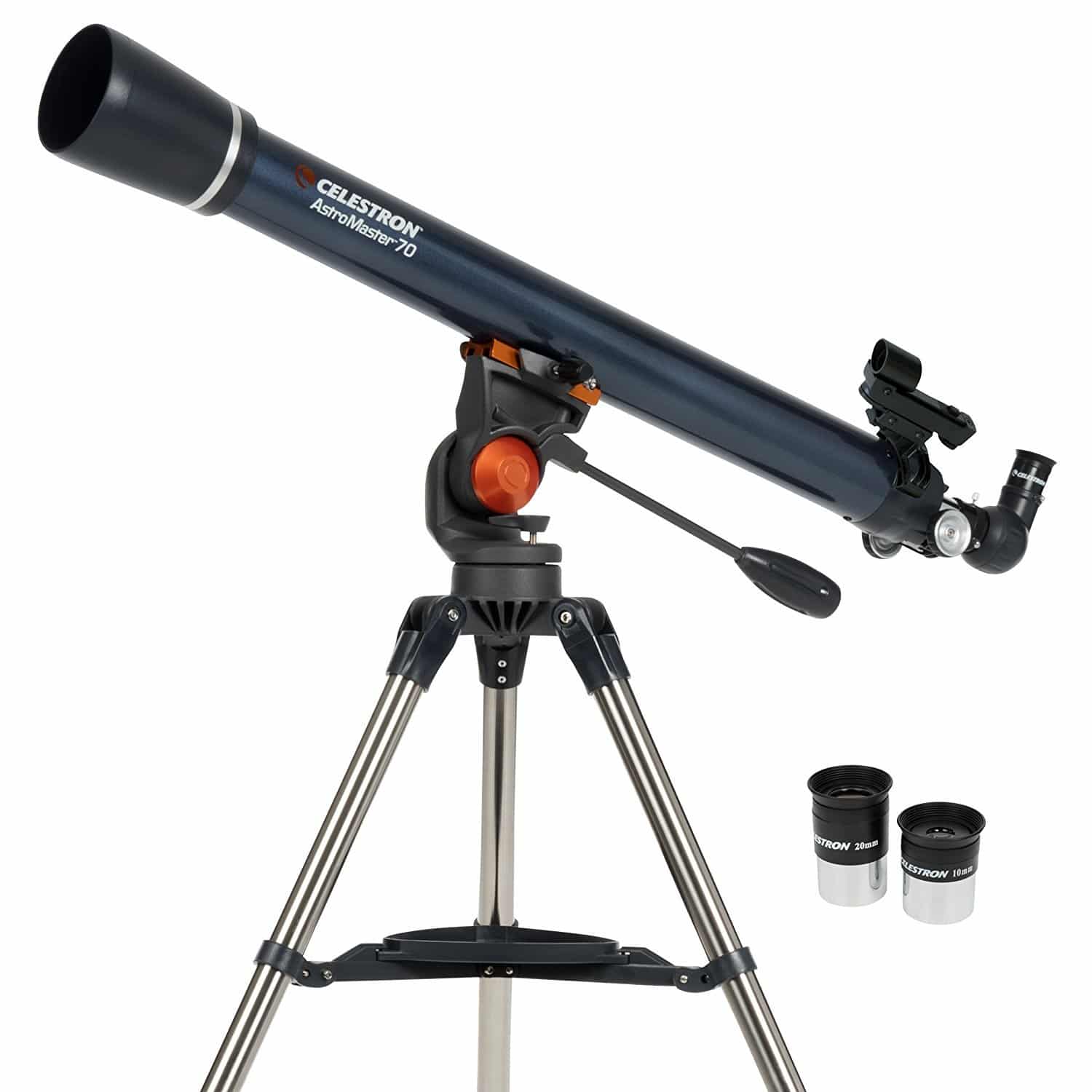
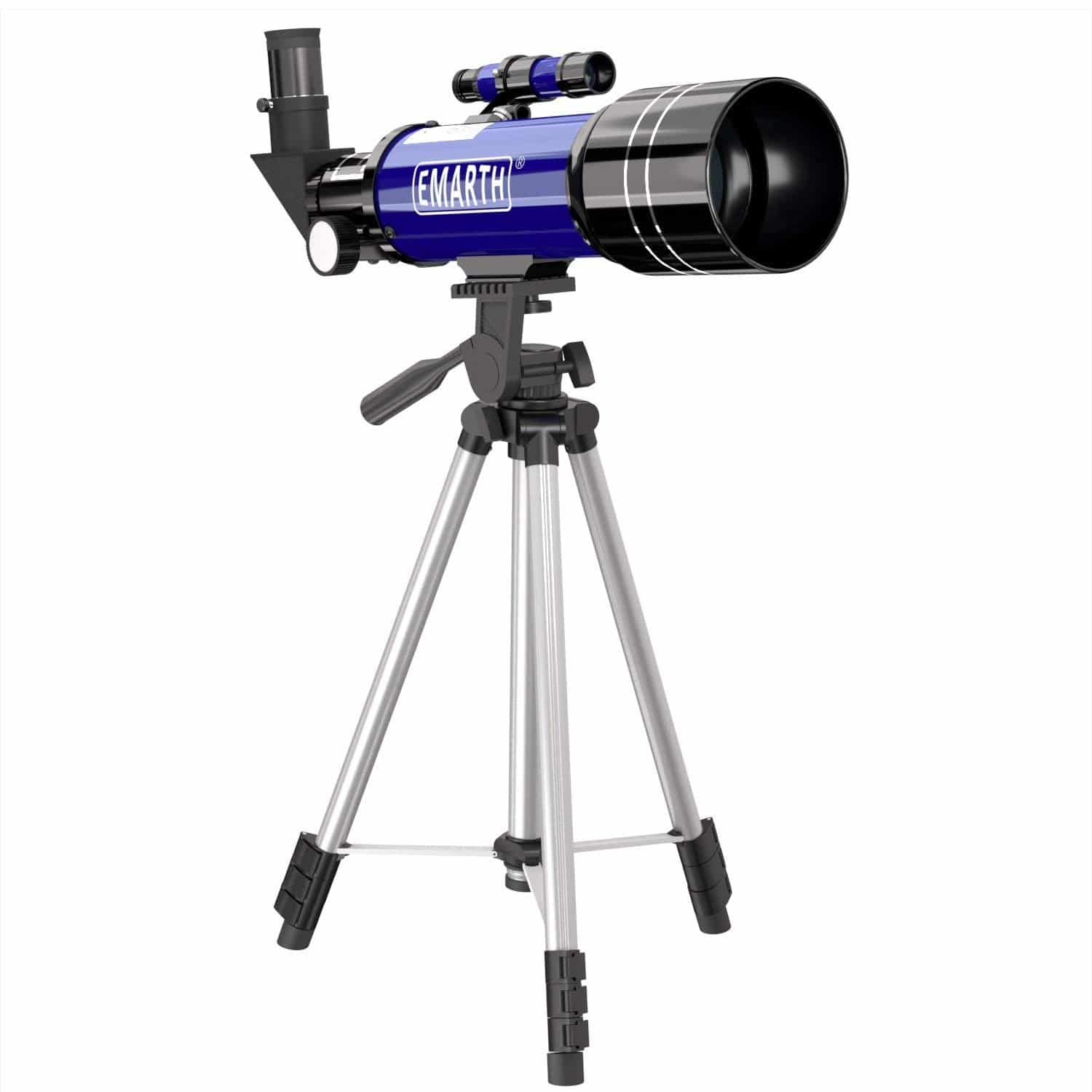
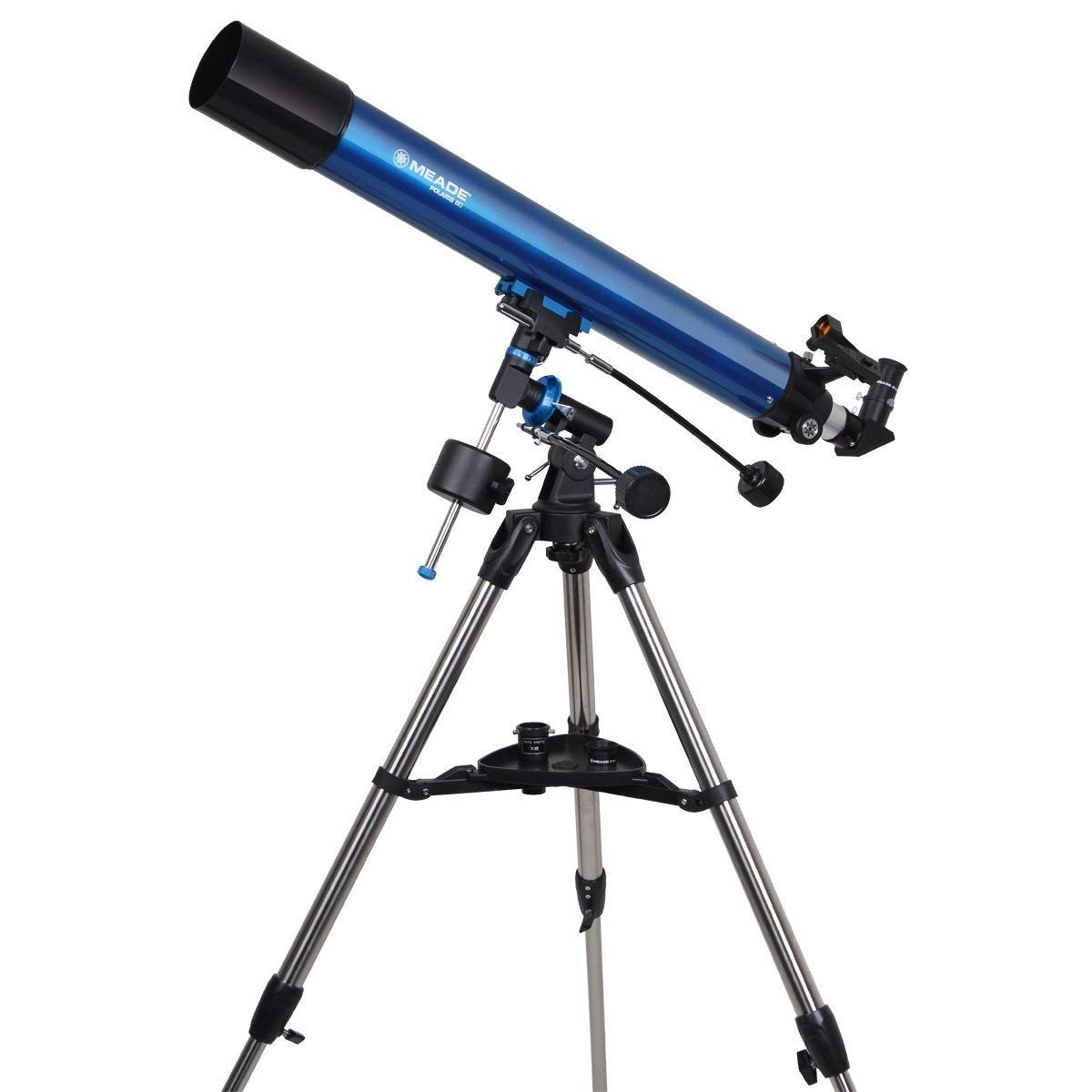
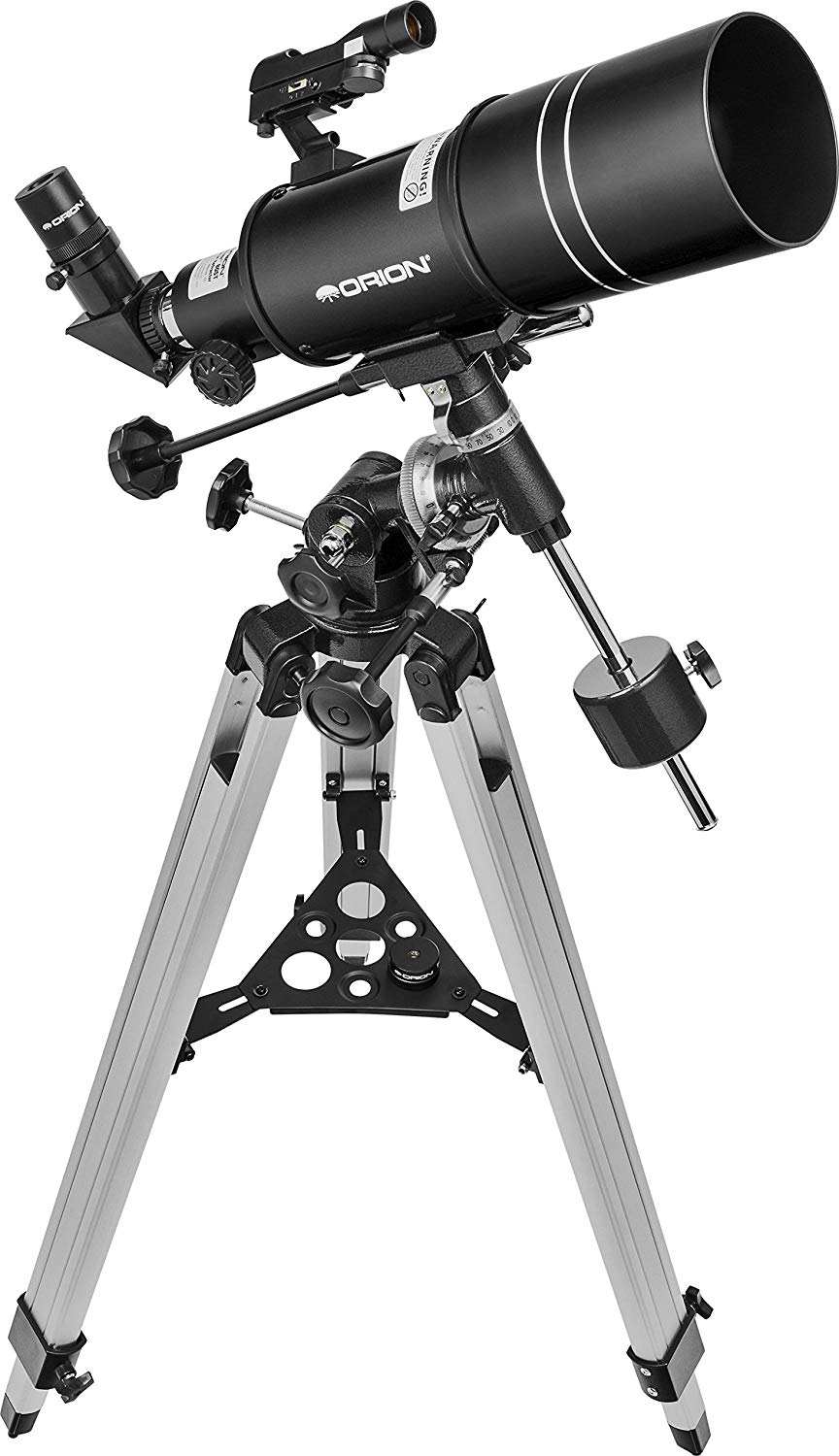
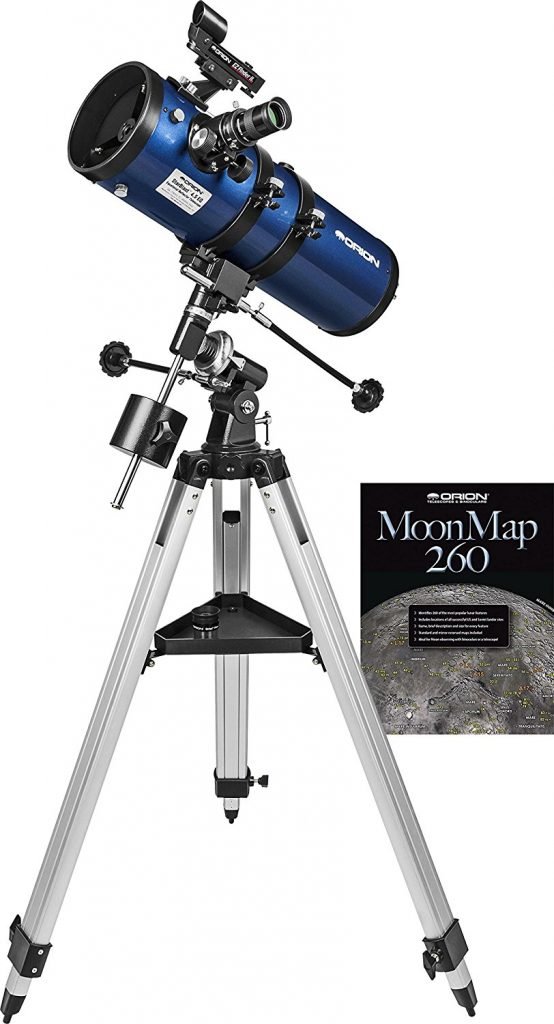
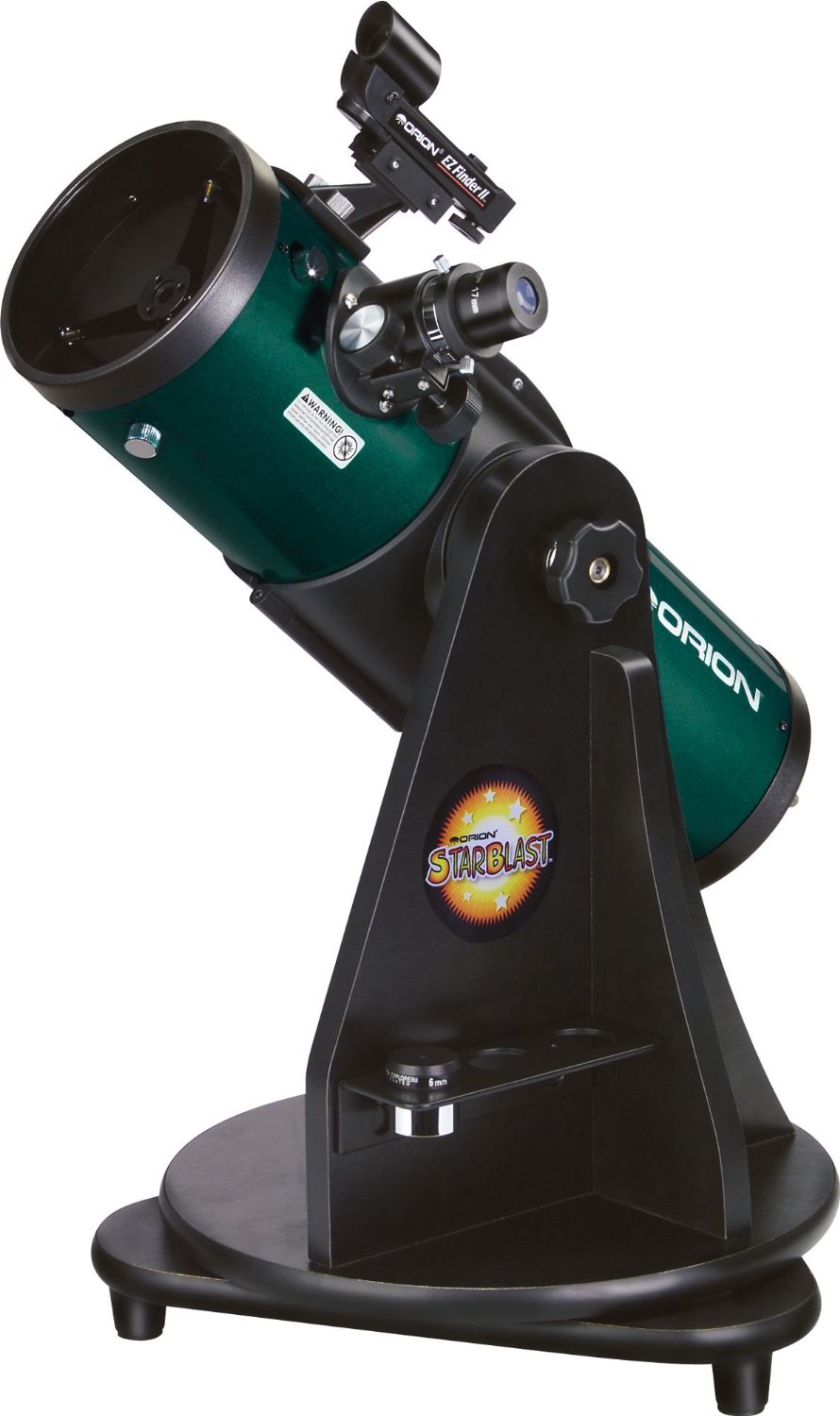

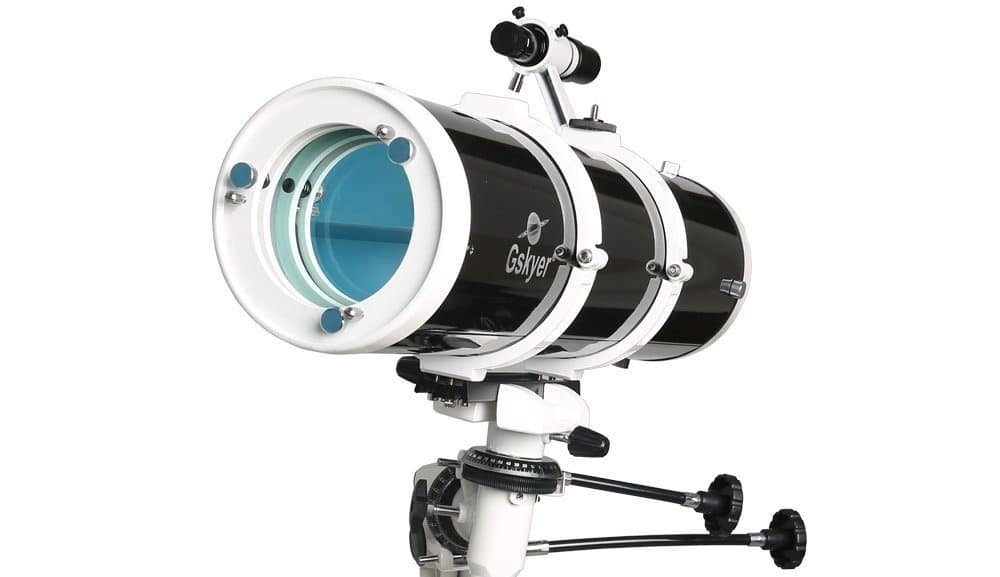
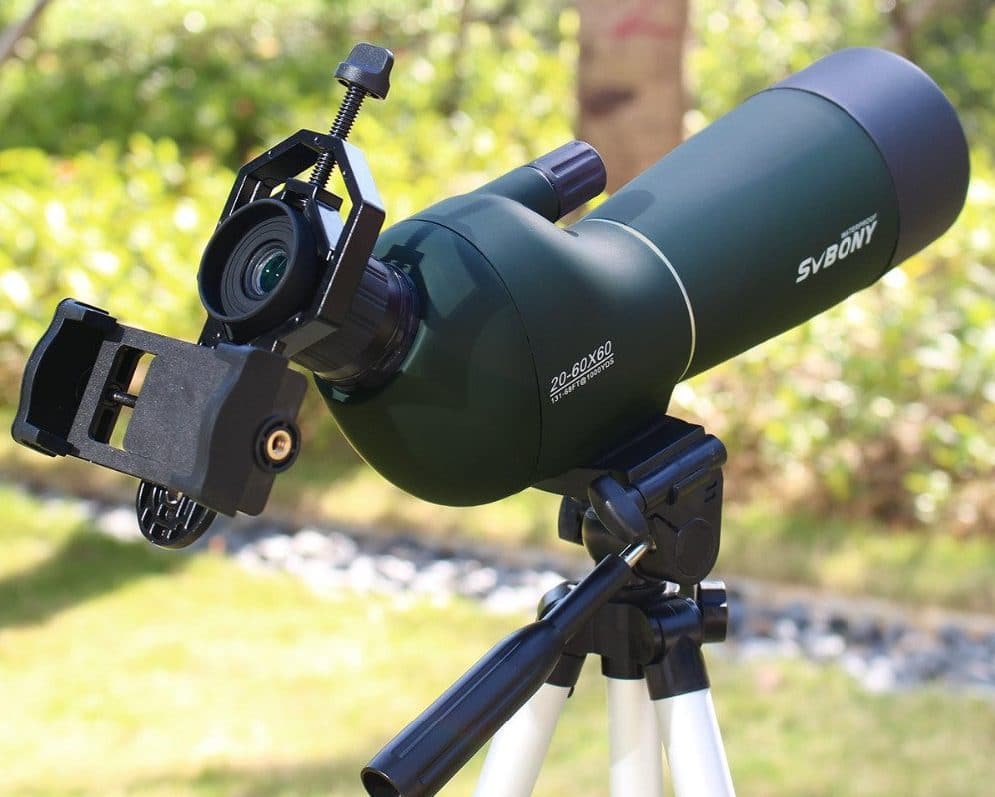
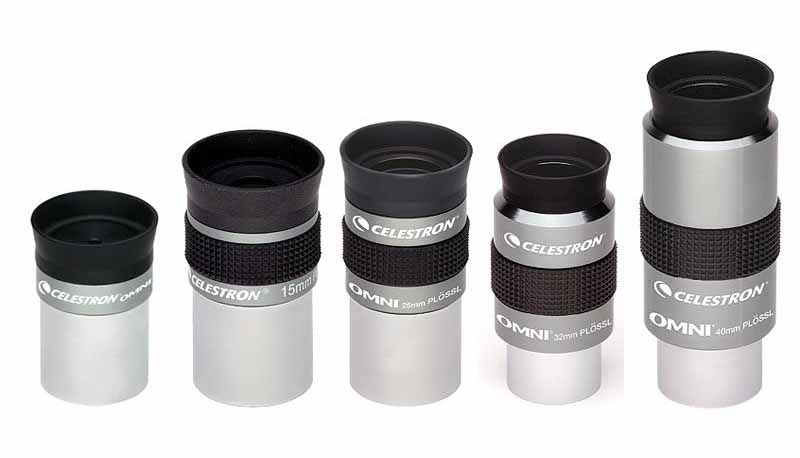 An important part of choosing an astronomical telescope is understanding the importance of eyepieces. There is no greater secret behind enjoying a great stargazing experience than discovering the ideal magnification for the terrestrial objects you intend to view. If your magnification is too powerful or too weak, the celestial objects you are viewing can either look excessively bright to comprehend or excessively low-lighted to even see. You need to choose your preferred type of eyepiece depending on the kind of target you intend to observe. For instance, if you are looking to watch galaxies and planets, you should consider a great low power magnification eyepiece.
An important part of choosing an astronomical telescope is understanding the importance of eyepieces. There is no greater secret behind enjoying a great stargazing experience than discovering the ideal magnification for the terrestrial objects you intend to view. If your magnification is too powerful or too weak, the celestial objects you are viewing can either look excessively bright to comprehend or excessively low-lighted to even see. You need to choose your preferred type of eyepiece depending on the kind of target you intend to observe. For instance, if you are looking to watch galaxies and planets, you should consider a great low power magnification eyepiece.




